The Tradition of Holy Week Processions: A Link between Faith, Community, and Culture
Brotherhoods and Processions: A Profound Expression of Christian Devotion That Unites Generations and Strengthens the Identity of Peoples
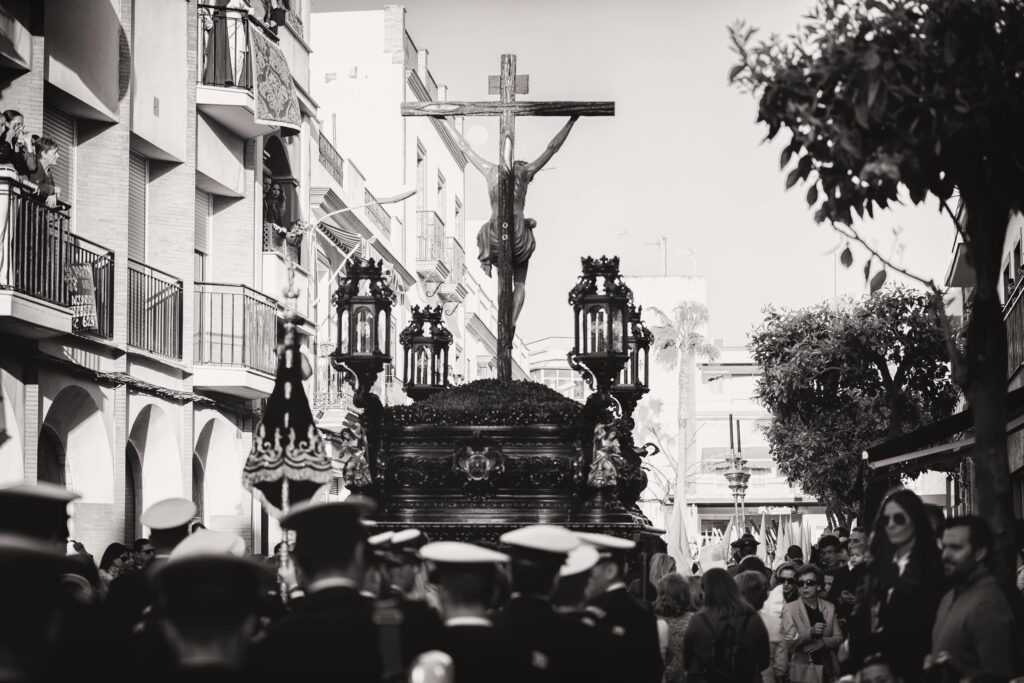
Holy Week is one of the deepest and most significant traditions of Christian culture, especially in Spain and other Catholic countries. The processions held during this week are not only a manifestation of faith, but also a cultural expression of identity and unity for peoples and communities. But what does it really mean to participate in a procession? Why do brotherhoods play such an important role in this celebration?
The Origin of Holy Week Processions
Processions have their roots in the Middle Ages, when the Catholic Church began to publicly celebrate the mysteries of Christ’s Passion, Death, and Resurrection. During those early times, pilgrimages and liturgical ceremonies were held in which the faithful traveled on foot to pay homage to the events that marked the destiny of humanity. Over time, these events became structured and took the form of what we know today as processions: a devotional act where the faithful walk in groups, accompanying religious images through the streets, evoking the suffering and victory of Christ.
The Brotherhoods: Custodies of Tradition and Faith
In this context, brotherhoods emerged, groups of faithful committed to organizing the processions. Each brotherhood is linked to a religious image, usually representing Christ, the Virgin Mary, or a saint. The brotherhoods have a deep sense of community and devotion: they are responsible for maintaining tradition, organizing parades, and ensuring the care of the images, which are considered sacred.
In many cases, brotherhoods also play a social outreach role, organizing charitable activities for the needy and promoting Christian values such as solidarity, charity, and fraternity. Brotherhoods are not only a meeting point for devotees, but also a driving force for social action in their communities.
The Significance of the Images and the Pasos
Each procession features a series of “pasos” or “bocetos,” sculptures or representations carried in the processions. These images, crafted with great detail and dedication, are more than simple works of art; they are living symbols of Christ’s Passion, Death, and Resurrection. Often, people approach the images not only to worship them, but also to experience the emotion and contemplation of each step of the journey toward redemption.
For example, one of the most emblematic floats is that of “Semana Santa de Sevilla,” where images of Christ and the Virgin Mary, accompanied by Nazarenos (faithful dressed in tunics and hoods), parade through the streets in a solemn and reverent atmosphere. The procession is not only a liturgical act but also a collective experience that unites the community.
The Cultural and Social Dimension of the Processions
Beyond their religious aspect, Holy Week processions are a vital component of the cultural identity of many communities. The festivities attract thousands of people, both locals and tourists, who come to experience the intensity of the ceremonies. Preparations for Holy Week begin months in advance, with the construction of floats, the creation of costumes, and the organization of rehearsals, creating a special atmosphere of anticipation and unity.
Furthermore, processions allow communities to express their devotion in a collective way. The brotherhood becomes a family united not only by faith, but also by a series of cultural values and solidarity that have been passed down from generation to generation. Through this shared experience, participants strengthen their bond with their community, with the history of their people, and with their faith.
An Act of Faith and Communion
Ultimately, Holy Week processions are much more than simple parades. They are a way of living and expressing faith, an act of devotion and reflection on sacrifice and hope in Christ. Through the brotherhoods and religious images, the faithful not only accompany Jesus on his journey to the cross, but also find a space to share the experience of the Passion and Resurrection in community, reaffirming their Christian and cultural values.
Thus, Holy Week remains a living testimony of the Christian faith and a bond that unites generations, reminding us that suffering and hope, death and life, are always intertwined in the mystery of salvation.
Related
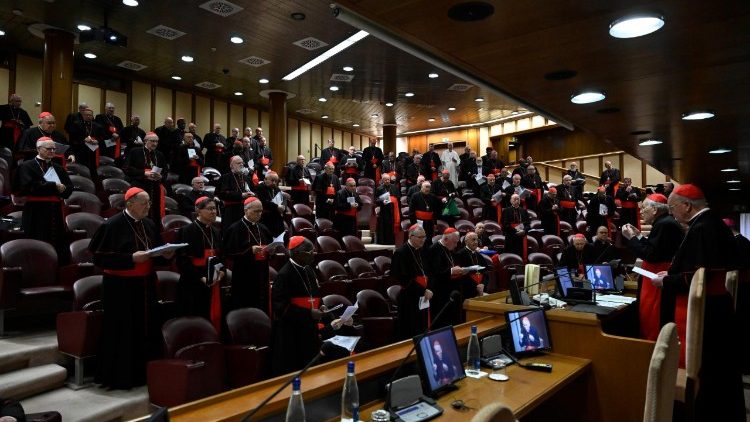
What are the Congregations before the Conclave?
Exaudi Staff
29 April, 2025
3 min
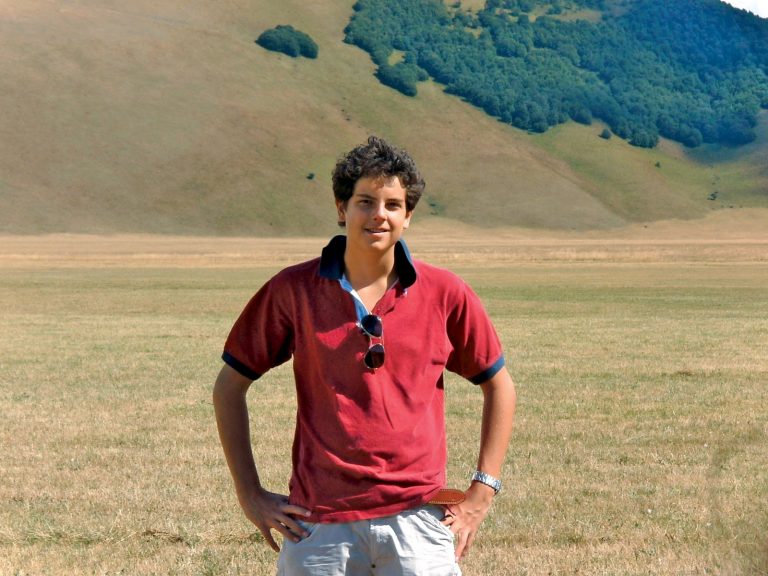
Carlo Acutis: The Cyber-Apostle of the Eucharist Who Inspires Youth
Exaudi Staff
29 April, 2025
4 min
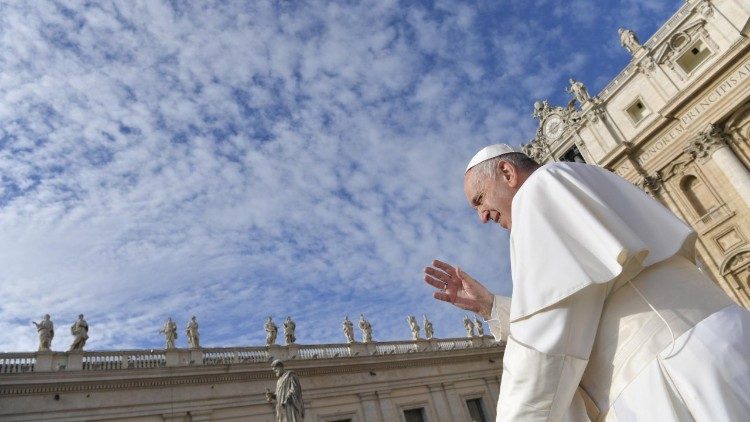
Miserando atque eligendo: The Legacy of Mercy in the Church
Luis Herrera Campo
28 April, 2025
3 min
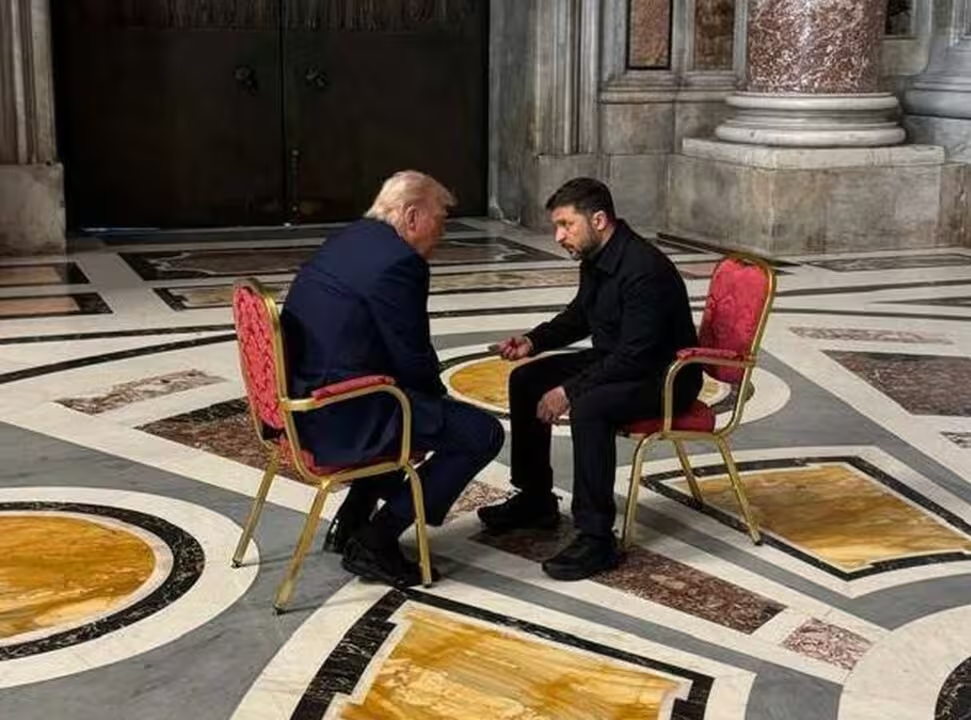
A Meeting of Hope in St. Peter’s Basilica: Trump and Zelensky
Exaudi Staff
27 April, 2025
2 min
 (EN)
(EN)
 (ES)
(ES)
 (IT)
(IT)

